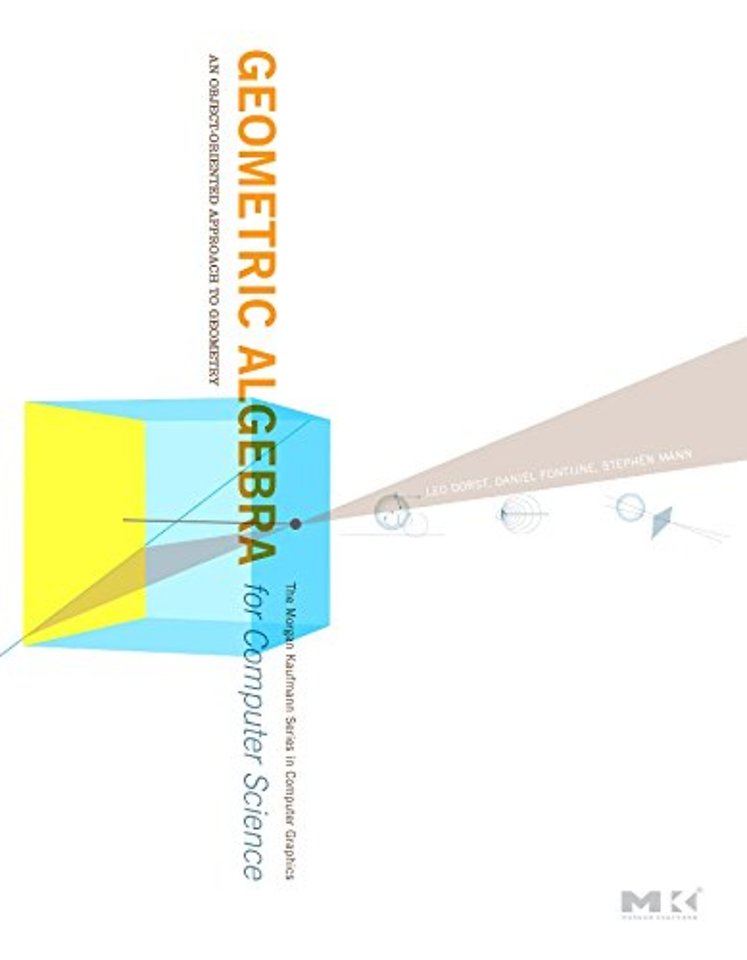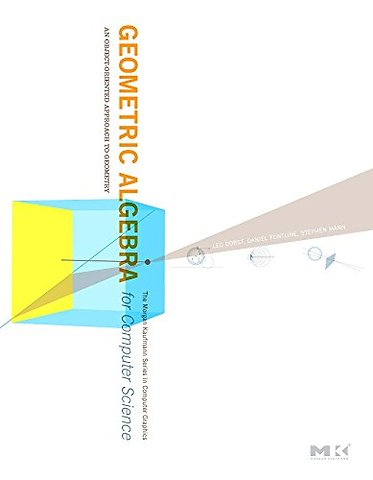Geometric Algebra for Computer Science (Revised Edition)
An Object-Oriented Approach to Geometry
Samenvatting
Geometric Algebra for Computer Science (Revised Edition) presents a compelling alternative to the limitations of linear algebra.
Geometric algebra (GA) is a compact, time-effective, and performance-enhancing way to represent the geometry of 3D objects in computer programs. This book explains GA as a natural extension of linear algebra and conveys its significance for 3D programming of geometry in graphics, vision, and robotics. It systematically explores the concepts and techniques that are key to representing elementary objects and geometric operators using GA. It covers in detail the conformal model, a convenient way to implement 3D geometry using a 5D representation space. Numerous drills and programming exercises are helpful for both students and practitioners. A companion web site includes links to GAViewer, a program that will allow you to interact with many of the 3D figures in the book; and Gaigen 2, the platform for the instructive programming exercises that conclude each chapter.
The book will be of interest to professionals working in fields requiring complex geometric computation such as robotics, computer graphics, and computer games. It is also be ideal for students in graduate or advanced undergraduate programs in computer science.

